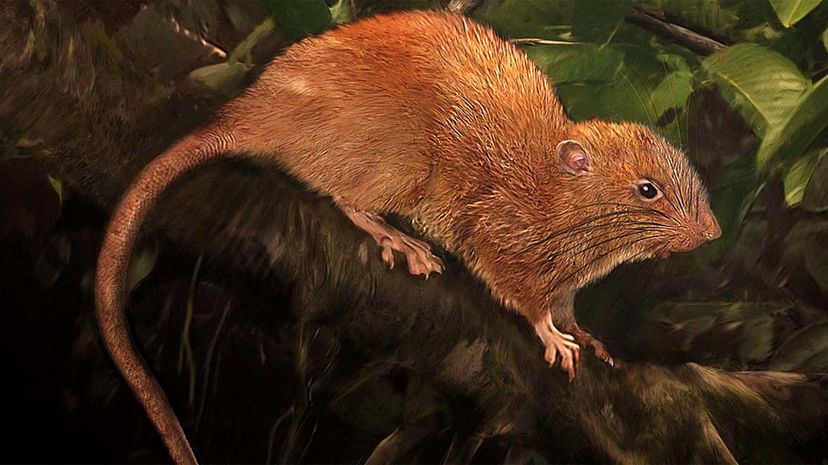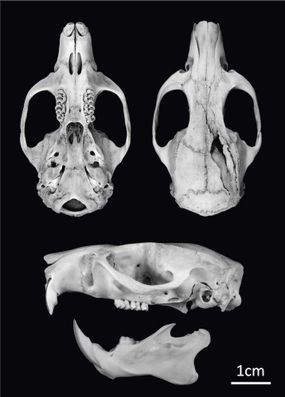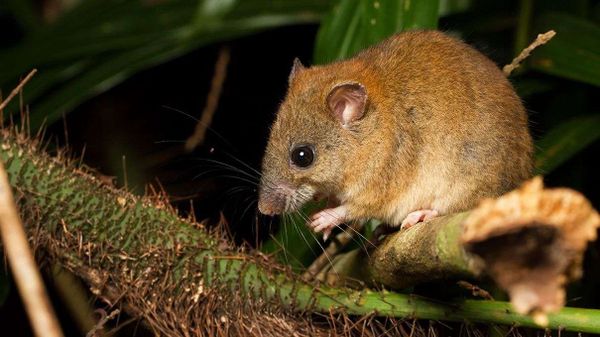
The Solomon Islands have, presumably, been home to a species of gigantic arboreal rat for a very long time. But these rats are evidently also very modest, or very rare, or both, because no researchers have been able to clap eyes on one until very recently.
That's not to say that nobody knew about these humongous rats. A new paper published in the Journal of Mammalogy describes the 2.2-pound (1-kilogram), 18-inch (46-centimeter) rat species identified by researchers in 2015. But the scientists only found it because they were actively looking for it, and they only knew to do that after being told of its existence by the residents of Vangunu Island in the Solomons, an island group off the eastern coast of Papua New Guinea. The residents have myths and even nursery rhymes about the animal. "Vika," the name given to the rodent by the people of the island, inspired its new scientific binomial Uromys vika.
Advertisement

"It's the first rat discovered in 80 years from the Solomons, and it's not like people haven't been trying — it was just so hard to find," said lead author Tyrone Lavery, a post-doctoral researcher at The Field Museum in Chicago, in a press release.
Lavery had been hunting for the vika for years, but it was tough because he knew it was arboreal, and so the search had to take place both on the ground and in the trees. Once, in 2012, he found an exceptionally large rat dropping he thought looked promising. A few years later, study coauthor Hikuna Judge, a ranger at the Zaira Resource Management Area on Vangunu, found an extraordinarily large rat with reddish-brown fur that had been crushed by a fallen tree, which matched the description of the vika of legend.
The vika most likely eats fruit including coconuts (it chews a hole into the shell), as well as nuts like the ngali. Not much else is known about the anmial, aside from the fact that in addition to being shy, their population is probably shockingly small. Lavery suggests there might be as few as just 100 of the animals alive on Vangunu today, and that number is probably dwindling. In fact, although the rodent has just been discovered, it will quickly be designated as Critically Endangered, due the rapid deforestation of its island habitat.
But in the meantime, the vika's scientific discoverers are celebrating this incredible find:
"Finding a new mammal is really rare — there are probably just a few dozen new mammals discovered every year," said Lavery.
Advertisement
